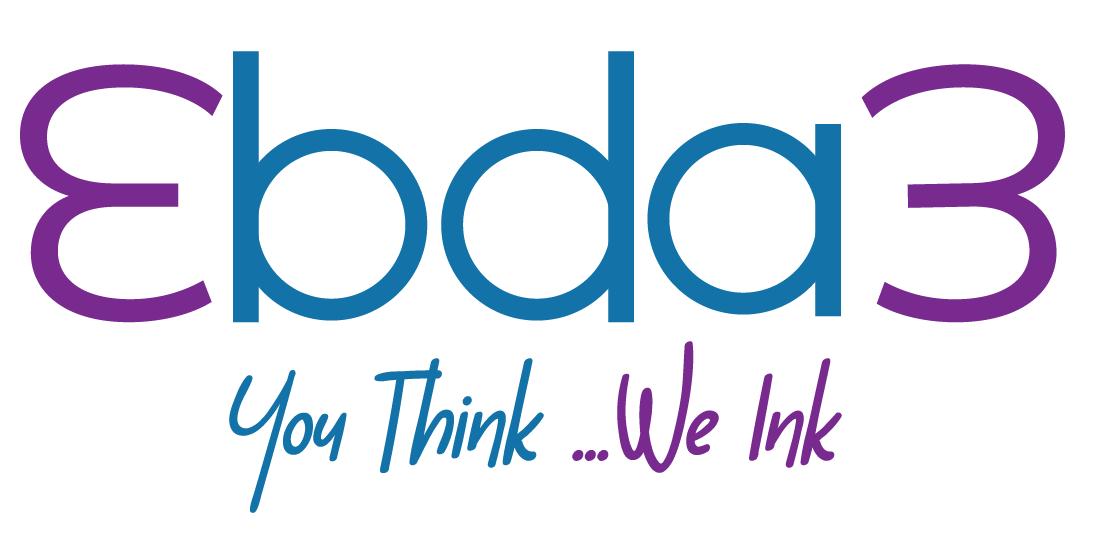Statistics About Influencer Content Marketing

In today’s digital landscape, where social media platforms reign supreme, influencer marketing has emerged as a dynamic and impactful strategy. Brands are increasingly collaborating with influencers to reach their target audiences effectively. Let’s delve into the fascinating world of influencer marketing, exploring key statistics, trends, and insights that illuminate its significance.
1. The Global Rise of Influencer Marketing
– The global influencer marketing market value reached a staggering $21.1 billion in 2023, marking a remarkable growth trajectory from its humble beginnings¹.
– This industry has more than tripled in size since 2019, reflecting its rapid evolution and adoption by brands worldwide.
– As social media continues to dominate our lives, influencer marketing has become one of the most popular and effective forms of online promotion.
2. The Power of Influencers
– 72% of Gen Z and Millennials actively follow influencers on social media platforms¹. These digital tastemakers wield immense influence over their followers’ purchasing decisions.
– Brands recognize this power, with 89% of marketers planning to either increase or maintain their investment in influencer marketing in 2023¹.
– Influencers bridge the gap between brands and consumers, providing authentic and relatable content that resonates with their audiences.
3. Platforms and Preferences
– Instagram remains the go-to platform for influencer collaborations. Its visual appeal and engaged user base make it an ideal space for brand partnerships.
– However, other platforms like TikTok and YouTube are gaining traction. TikTok’s brand value surged globally, reaching $29 billion in 2023¹.
– Brands are diversifying their influencer strategies to tap into different demographics and content formats.
4. Metrics That Matter
– Marketers measure influencer success through various metrics. According to surveys:
– Engagement rate ranks high, indicating how well an influencer’s content resonates with their audience.
– Authenticity matters—brands seek genuine connections rather than mere endorsements.
– Reach remains crucial, as influencers with broader reach can amplify brand messages.
5. Challenges and Opportunities
– While influencer marketing thrives, challenges persist:
– Finding the Right Fit: Identifying influencers aligned with brand values and target audiences.
– Measurement: Determining ROI and assessing campaign effectiveness.
– Transparency: Ensuring transparent collaborations and disclosure of paid partnerships.
6. The Future of Influencer Marketing
– The influencer marketing platform market is projected to grow significantly from 2022 to 2025, emphasizing its sustained relevance.
– Brands will continue to explore innovative ways to collaborate with influencers, from sponsored content to long-term partnerships.
– As consumers seek authenticity, influencers will play a pivotal role in shaping brand narratives.
Conclusion
Influencer marketing isn’t just a passing trend; it’s a strategic imperative for brands navigating the digital landscape. By harnessing the power of influencers, businesses can create meaningful connections, drive sales, and stay ahead in the ever-evolving world of marketing





